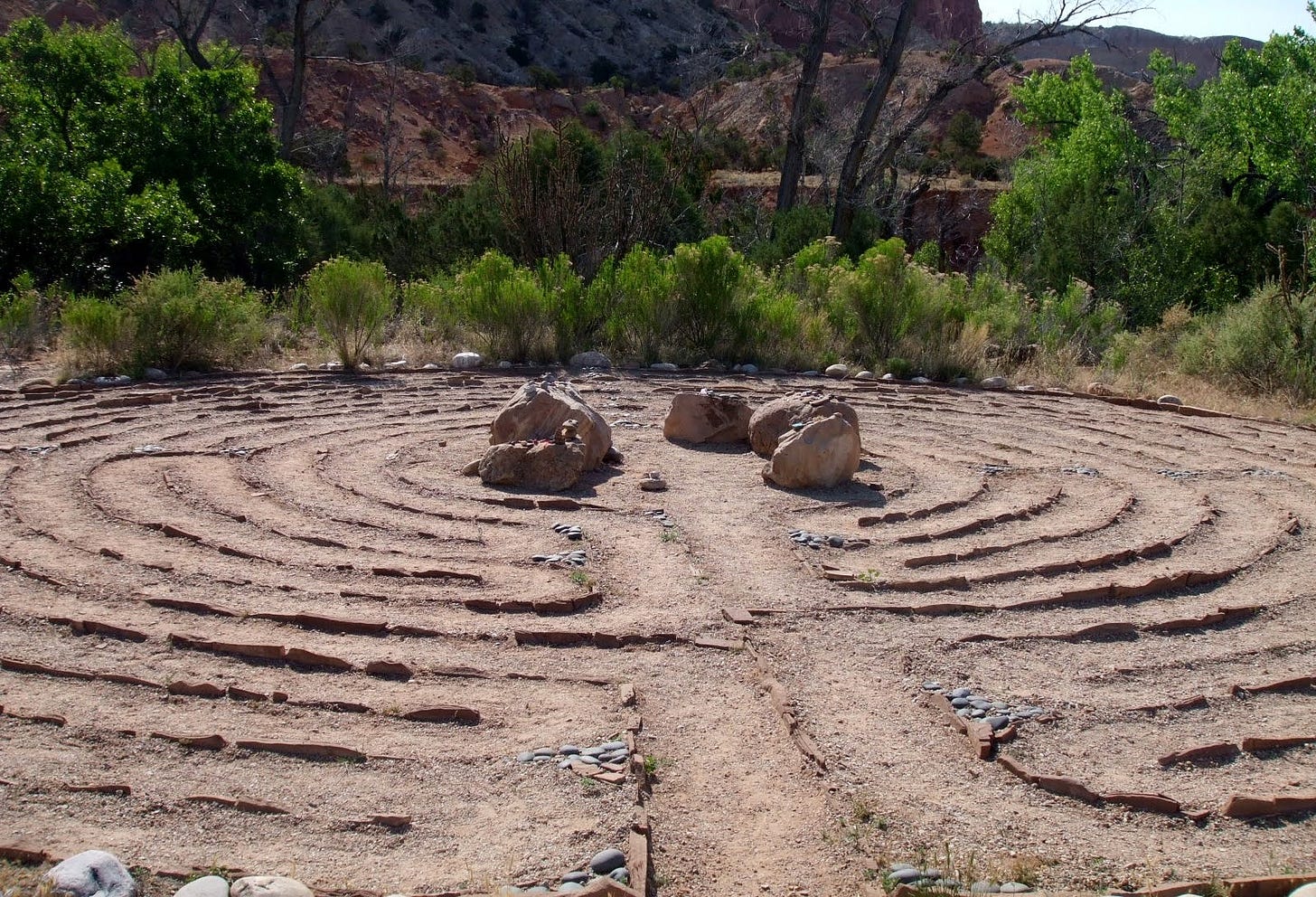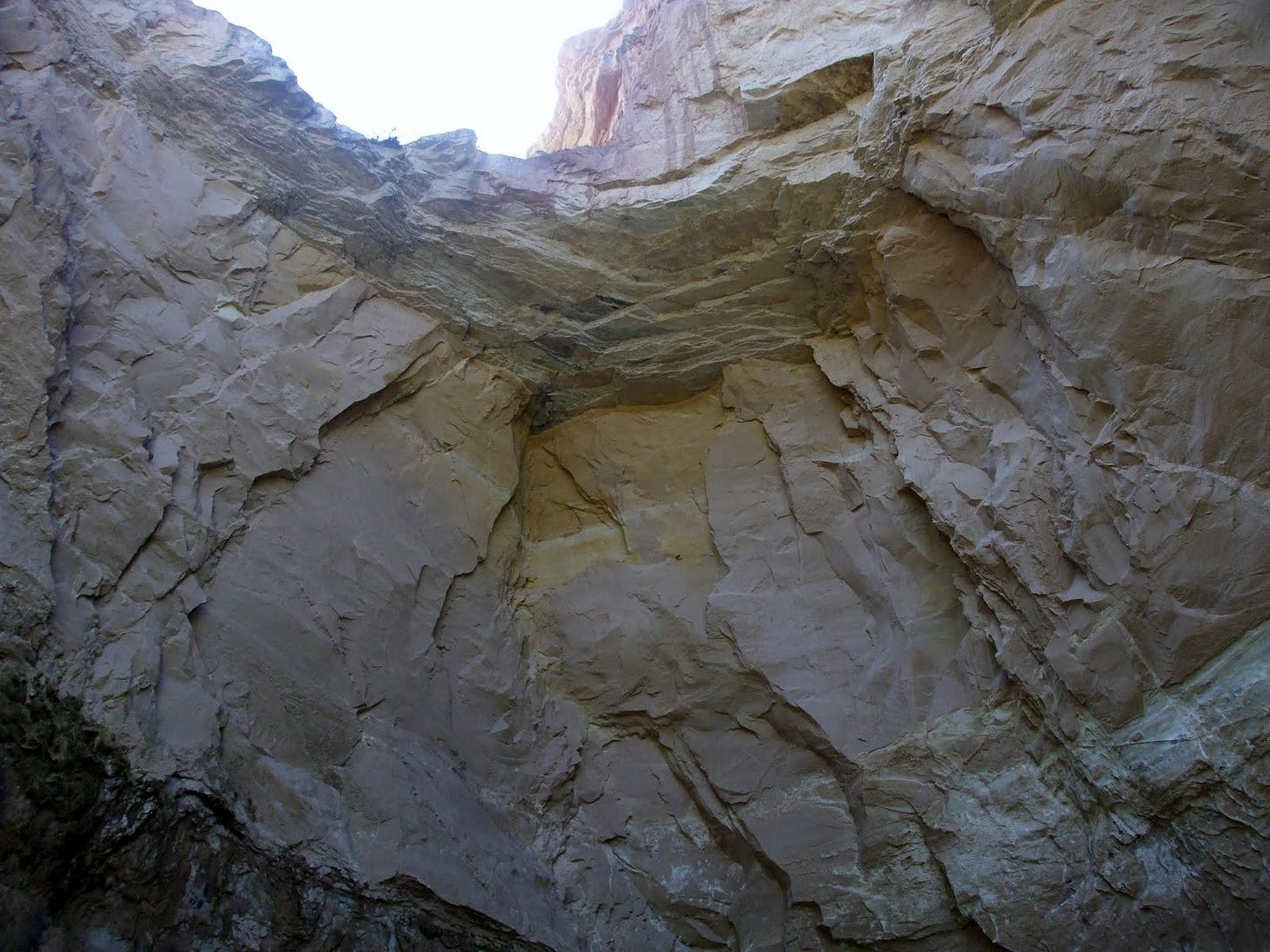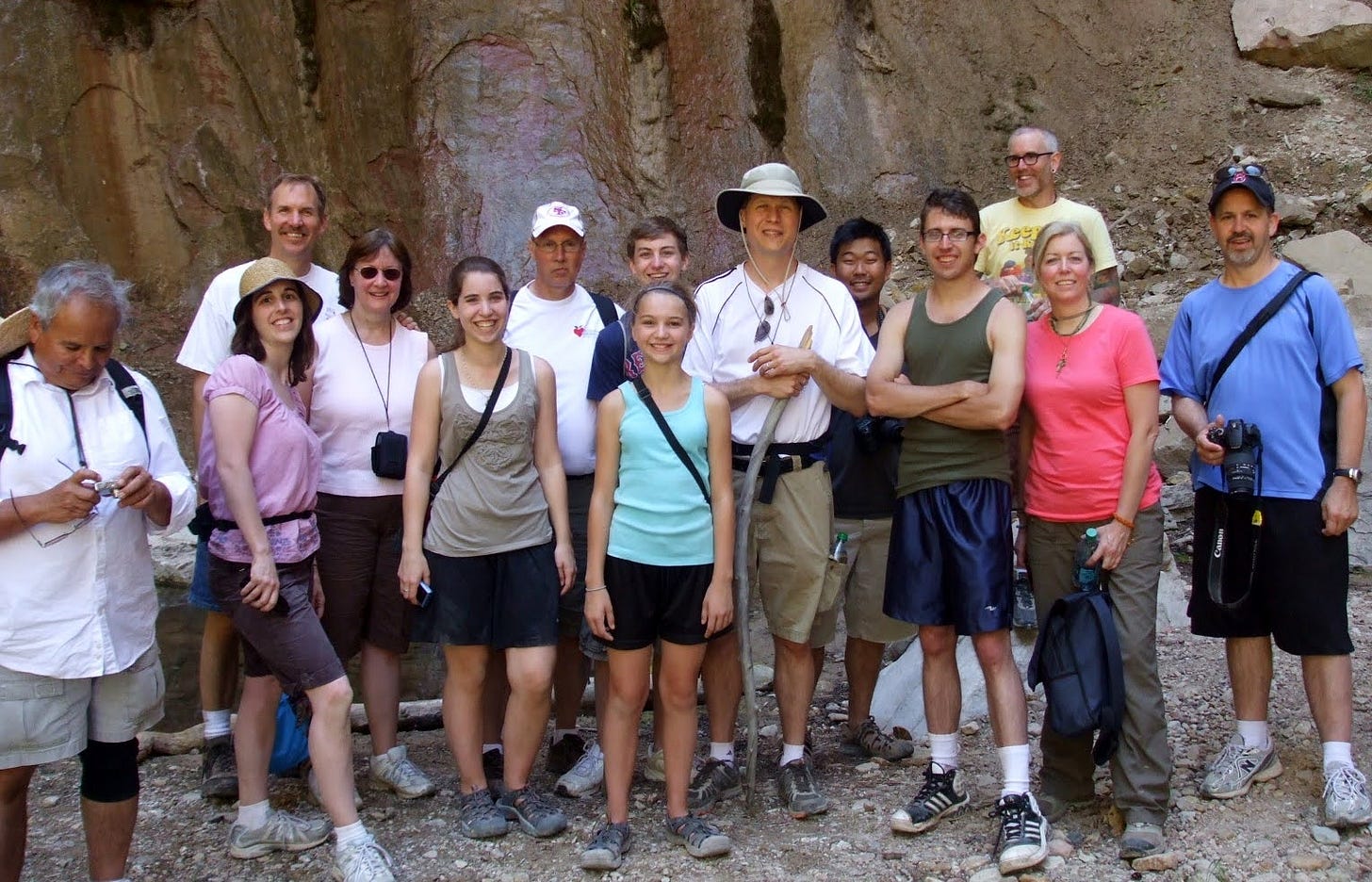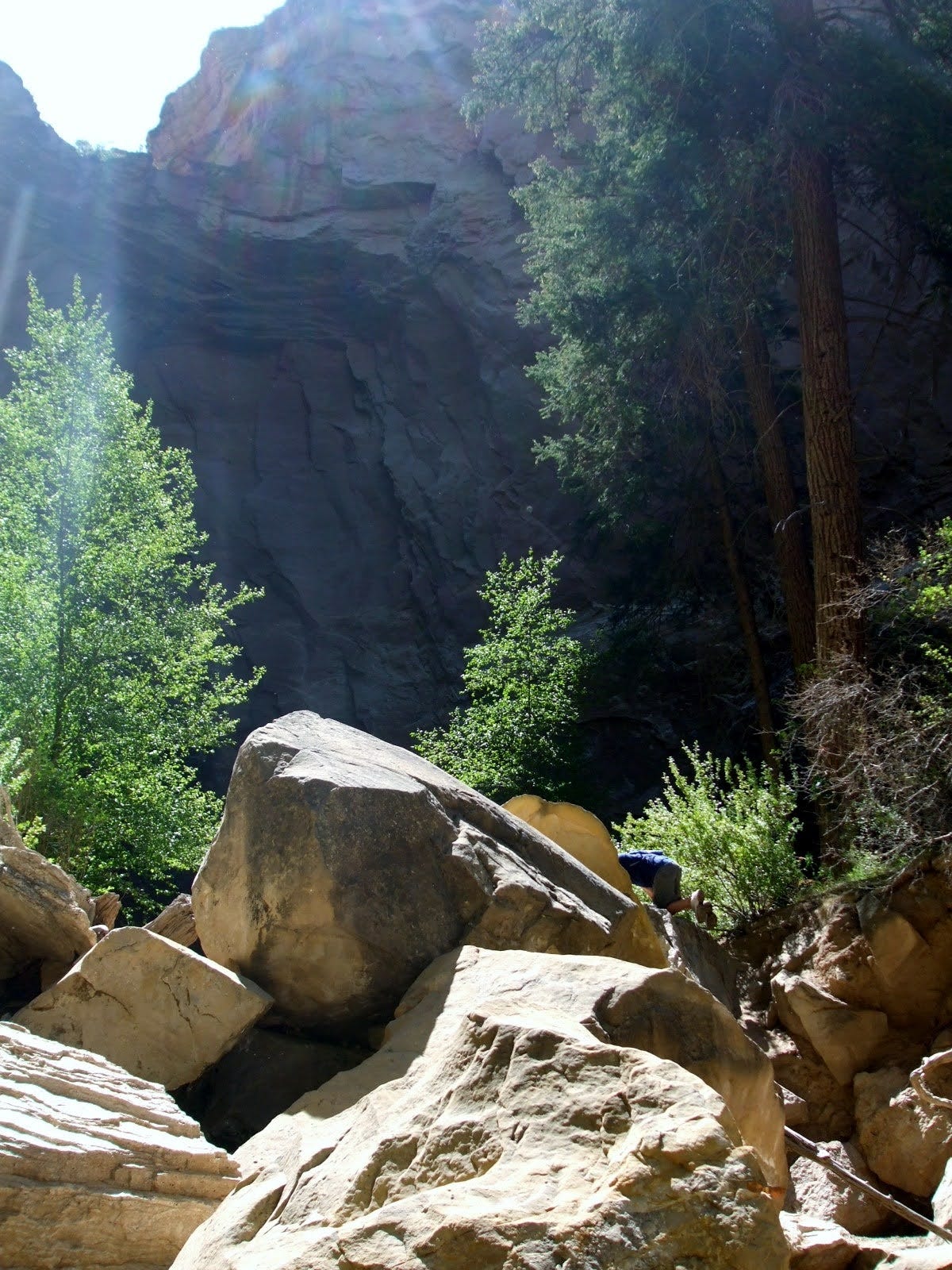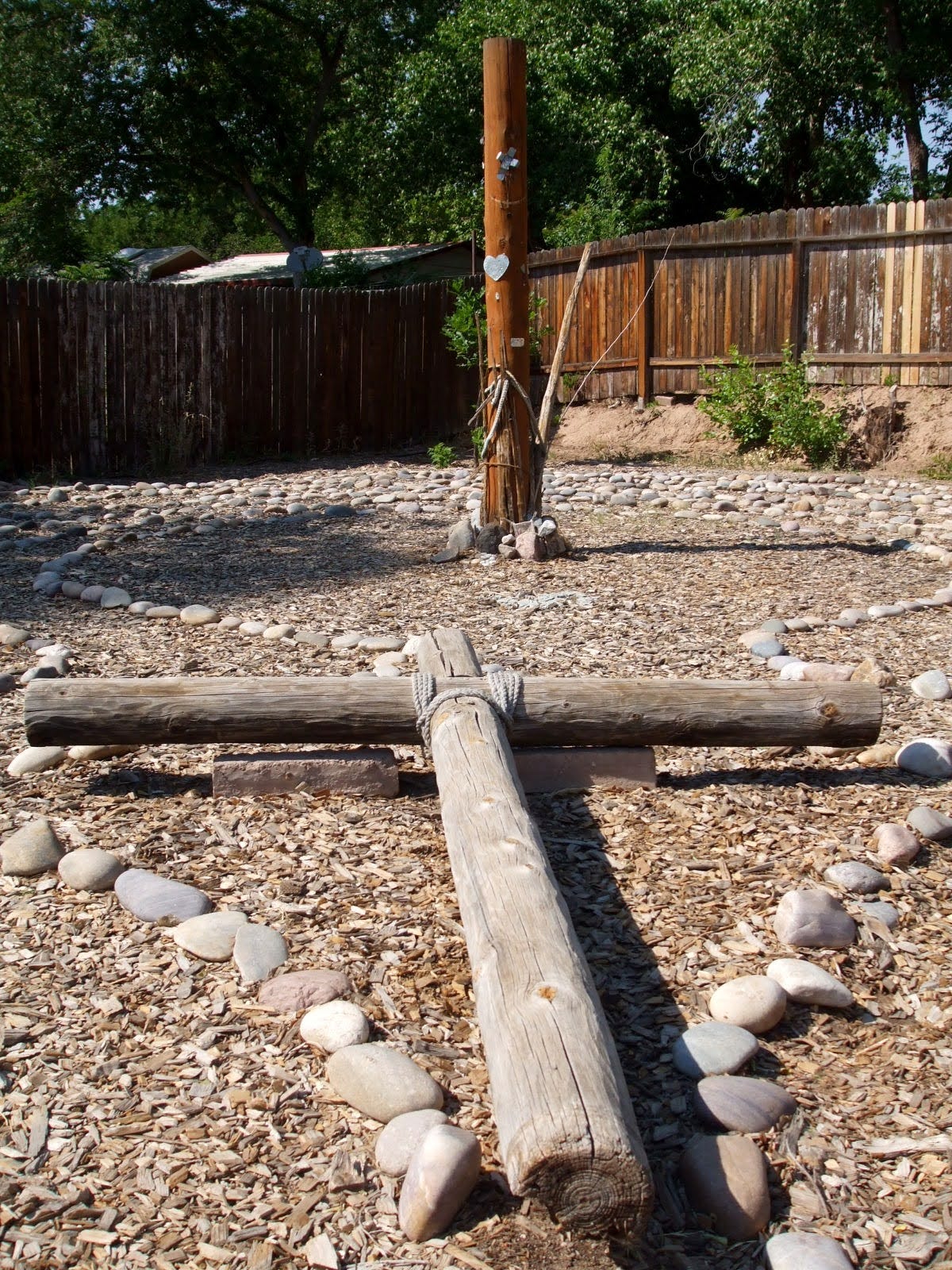Third Sunday After Pentecost: Walking a Labyrinth or into a Slot Canyon?
U2's "Walk On" - a path of hope through different, difficult times.
It’s getting late on Saturday night. I’m tired. And the dishes downstairs aren’t going to wash themselves. Here’s my brief thoughts with photos and a song.
Translation is from: First Nations Version: An Indigenous Translation of the New Testament by Terry W. Wildman
In this long liturgical season of Pentecost (if you’re in a Mainline Protestant denomination) or Ordinary Time (Roman Catholic) most of the liturgical gospels teach us about how to follow Jesus on his way.
This gospel reading is near the start of the section of Luke (which parallels the structure of Mark and Matthew) in which Jesus’ ministry in Galilee pivots. As the narrating voice tells us, Jesus has made the decision to turn to towards Jerusalem and the persecution he knows awaits him there. Along this path, Jesus will teach his followers through a series of encounters. Some will be conversations while others are miracles. Some of Jesus’ most memorable parables (especially in Luke) are found in this phase of Jesus’ ministerial journey.
Have you walked a labyrinth lately? Ever? If you’re not familiar with this spiritual practice that’s particularly relevant for a Planetary Pilgrim, here, here and also here are three resources, albeit from different perspectives. If you don’t know where to find a labyrinth near you, this is a great resource.
The one in the photo above is at the world famous Ghost Ranch in northern New Mexico. When I was in United Methodist seminary in June 2011, I went on a two week cultural immersion journey with a group of fellow students. The day I walked this labyrinth was memorable as our group also hiked into a slot canyon which ended, after a couple of miles, in a solid wall of rock:
That’s a younger (and thinner) me holding the walking stick in the center of the photo.
These two walks, taken within the same landscape a couple of hours apart, were symbolic of how our spiritual walk may unfolded at various types in our lives.
Both provide a journey into an experience. Perhaps it’s a beginning - a new job, the start of a relationship, a move or any new “chapter” of life. Maybe it begins with a diagnosis of a health issue. Or it could be a loss that you’ll grieve.
What’s different between the labyrinth and the hike into the dead-ending canyon is what we can see of the path ahead of us as we walk. Stepping into the looping way of a labyrinth we see the middle point where we’re invited to pause and reflect. And we can see the pathway out of that core spot. Although we won’t trod the same path out that we took in, we will end up near where we began. We’re near the same spot as our starting, but we’re changed due to the journey that we’ve taken inward and then back outward.
The canyon is quite different as we can only see what’s immediately ahead of us as we walk. There’s turns, inclines and descents as we move forward towards - what?
Imagine entering the slot canyon thinking that it will provide an unhindered way from your starting point to some “point B.” You walk and walk getting tired and thirsty along the way. Rather than discovering an oasis or a destination for rest and renewal, like a waterfall or vista, you end in an impenetrable, ancient mass of rock.
Sometimes life is like this. We think the trek which follows a choice will lead us to a good place. Instead we find ourselves at a dead-end wishing that we’d chosen differently.
With a trail map, a guide who has already walked that path, or just hearing the experience of one heading the opposite way on the path, we may know that the trail into the slot canyon leads to a dead-end. Our group had a guide, Juanito (at the far left of the photo above) who told us what we’d find at the end of our hike inward. He took us on this trail both for the beauty of what we’d discover on our “out and back” as well as what lessons it might teach us about how to respond when we can go no further on a path.
On the journey told in our liturgical gospel, those following Jesus knew they were heading to Jerusalem. For them this walk was like entering the slot canyon with the dead end of mortal danger awaiting them when the movement Jesus was creating hit the large, immovable object of the religio-political collusion of the time.
What Jesus trusted and what they couldn’t as they walked with him was that their journey was more like the one taken into the labyrinth. Yes, a cross awaited Jesus at the center, yet he believed it was not a wall, but rather a doorway. Jesus would pass through the door of death and emerge transformed by the resurrection. After tests and trials at the foot of the cross and the rock of the tomb, his followers would journey back out from that experience, but not by the same path they took inward.
Like Jesus, they were transformed. Even when they returned to a physical place where they began a time before, the shore of the lake as described by John, they weren’t the same. And Jesus, although he’d been on/through the cross, was still with them. From there they would take many pathways, guided by the Holy Spirit, to the “ends of the earth”
I walked another labyrinth during my time in New Mexico. It was on the grounds of the Center for Action and Contemplation. Appropriately, it contained a cross.
There’s one apt song to close this reflection:
This song became an anthem of encouragement after September 11, 2001:
More recently, the arrangement and lyrics have been changed to represent hope lived in a different place:







